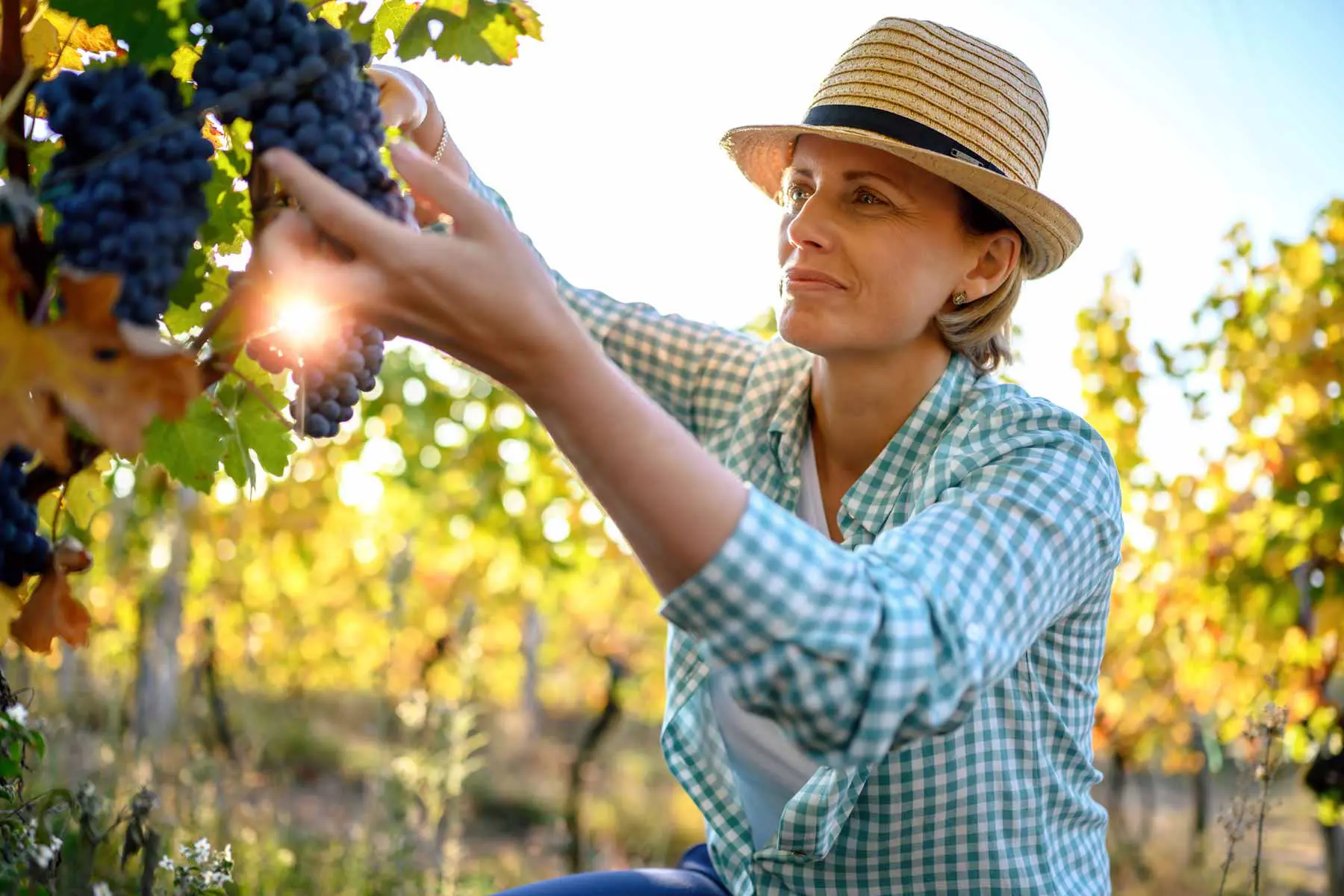A Silent Earthquake in the Appellation: Why Did Château Lafleur Leave, and What Comes Next?
A Silent Earthquake in the Appellation: Why Did Château Lafleur Leave, and What Comes Next?
On August 24, 2025, the Guinaudeau family announced that Château Lafleur and five other wines from the group will, starting with the 2025 harvest, no longer carry the Pomerol or Bordeaux AOC label. Instead, they will all be bottled as Vin de France. The reasoning in their letter was clear: climate change has accelerated, and the AOC framework cannot keep pace. In their own words: “We must think, readapt, and act.”
Just two weeks earlier, our own bulletin had touched on this very subject: the appellation system. In that piece, we devoted the closing section to criticisms of the rules, noting how the authority granted to regulations can sometimes overshadow their original purpose—protecting quality. With uncanny timing, Lafleur’s bold move mirrored the very questions we had raised.
The gravity of the Lafleur case can be read in two ways. First, Lafleur is one of the most revered names in Pomerol. For an estate of this caliber to step outside the AOC is an unprecedented fracture in Bordeaux. Second, the scope of the decision: it is not only Lafleur, but also Les Pensées, Les Perrières, Château Grand Village (both red and white), and Les Champs Libres that will move under the Vin de France umbrella. This is not an isolated “experimental cuvée,” but an entire portfolio strategy.

The Reasons: Rapid Climate, Slow Rules
2015, 2019, and especially 2022 exposed Bordeaux to heat, drought, and uneven ripening on a scale not seen before. The family describes 2025 as “a step further.” In such extreme years, quick decisions in the vineyard and cellar are essential: when to irrigate, how high or dense to leave the canopy, shading leaves to prevent sunburn, or adjusting the harvest to balance alcohol and acidity. Yet AOC regulations remain slow and incremental on these very issues: irrigation permissions, planting density, authorized varieties, and timelines. Lafleur’s letter emphasized exactly this point: “Our decision-making processes and practices are evolving faster than the AOC system allows.”
Translated into practice, the Vin de France framework offers producers more room to maneuver. In extraordinary drought, for instance, being able to irrigate early and selectively, or shorten the canopy without waiting for an official green light, can be decisive. Critics noted that emergency irrigation approvals in 2025 came too late. For a grower, acting in sync with climate realities isn’t just convenience—it’s survival.
“Changing to Stay the Same”: Identity and Terroir
The Guinaudeau family sums up its stance in a paradoxical phrase: “We are changing to stay the same.” The aim is to preserve Lafleur’s style and the continuity of its vineyards. If that balance cannot be maintained under the AOC’s constraints, then sacrificing the word “Pomerol” on the label is, in their view, the price of keeping the wine’s soul intact. This choice lays bare the tension in Bordeaux between tradition and adaptation.
Naturally, a “Vin de France” label carries marketing risks. Without an appellation name, explaining origin to consumers—especially in the mid-market—can be difficult. But for an icon like Lafleur, where demand already far outstrips supply, the risk is minimal. For collectors and investors, the 2025 release will likely attract even greater interest, with scarcity narratives fueling both attention and secondary market dynamics.
Will Others Follow?
Elsewhere in Bordeaux’s fringes and across France, cult producers have chosen to step outside AOCs. But never before has Pomerol witnessed such a move at this scale. Lafleur’s departure could accelerate the debate on reform: irrigation, climate adaptation tools, even micro-regional flexibility will need to be revisited with more urgency.
A wave of high-profile defections is unlikely in the short term—most châteaux still depend on appellation names as their marketing backbone. More probable is a gradual shift, with small experimental cuvées testing the waters outside AOC boundaries. At the same time, Lafleur’s decision reopens the question: is it the appellation or the producer’s brand that anchors identity? A handful of estates—Lafleur among them—can now craft a terroir narrative without leaning on the AOC stamp. This isn’t an assault on the historical legitimacy of the system; rather, it is a strong flare shot into the sky, warning that the framework must evolve if it is to remain relevant in the climate age.
For Consumers and the Market
Even without “Pomerol” on the label, the vineyard is the same, the team is the same, the obsession with quality unchanged. Early impressions of the 2025 harvest point to an “extraordinarily powerful” profile. In essence, what changes is a name; what remains is the drive for sustainability and finesse. Over time, this may lead Bordeaux consumers to focus less on appellations and more on producers, while institutions adapt to give them back both.
Closing Thoughts
Lafleur’s step flips the old equation: in the age of climate disruption, protecting quality may demand loosening the grip of rules. If the system cannot adapt quickly, more estates may choose this path. If it can, Lafleur’s move will be remembered as the moment that forced AOC into the twenty-first century.
After all, principles have always been one of the engines of continuity. For nearly two centuries, the appellation system lifted France to the undisputed forefront of the wine world. Producers carrying titles like Grand Cru and Premier Cru succeeded in creating wines sought across the globe precisely because of that framework. Today, however, experts agree that the same framework must be redrawn. The question is whether changing conditions will spark a power struggle, or whether they will drive a collective effort to safeguard the future of the appellation—and with it, the wines themselves.

Katerina Monroe
@katerinam • More Posts by Katerina
Congratulations on the award, it's well deserved! You guys definitely know what you're doing. Looking forward to my next visit to the winery!





















